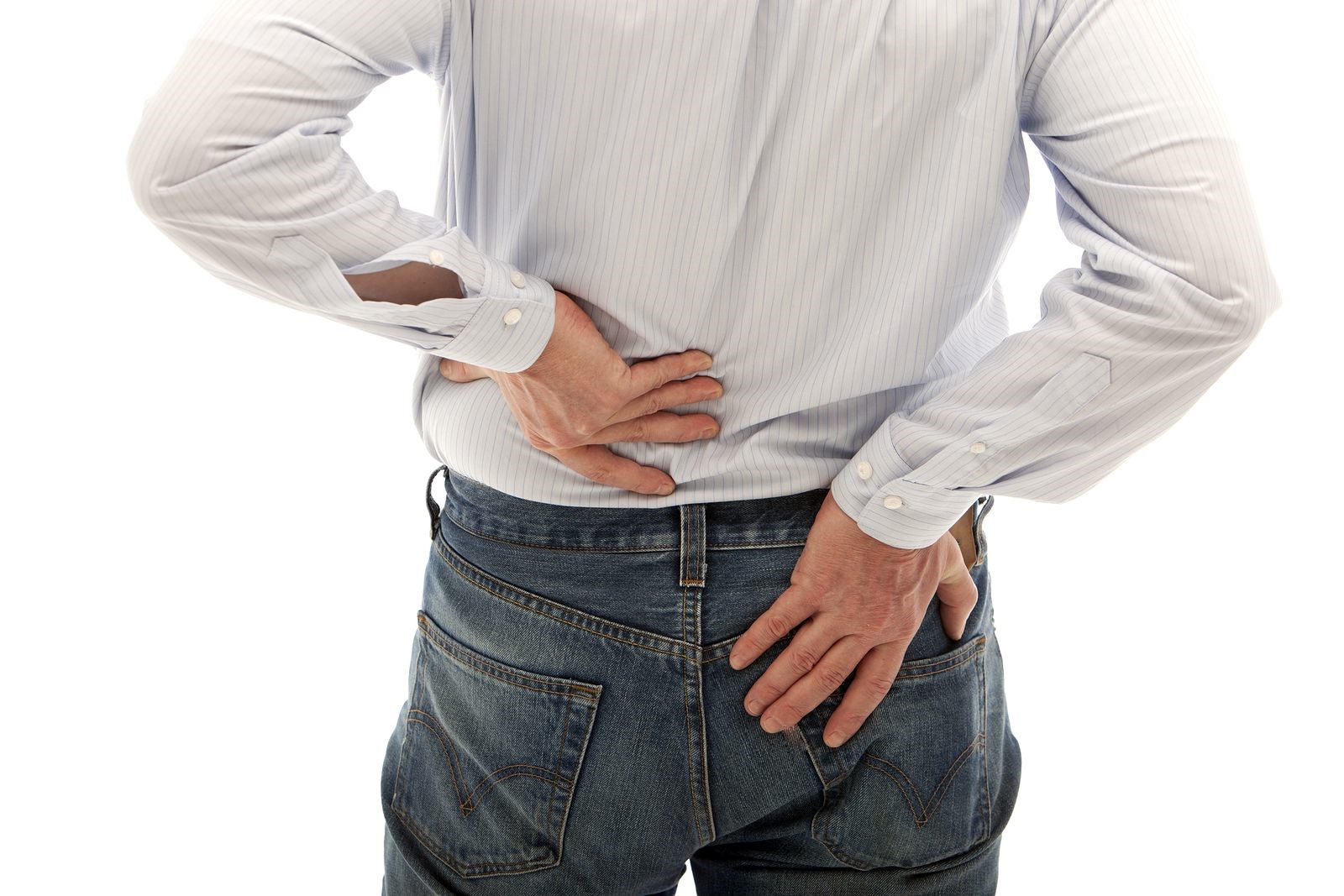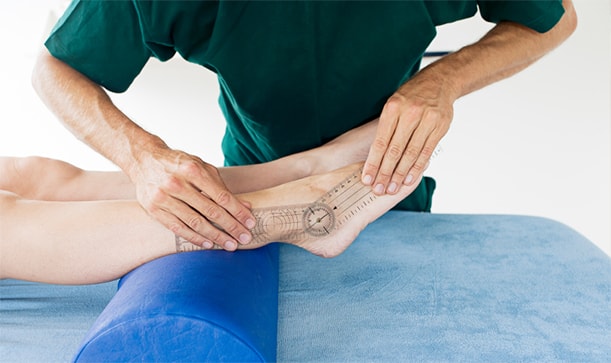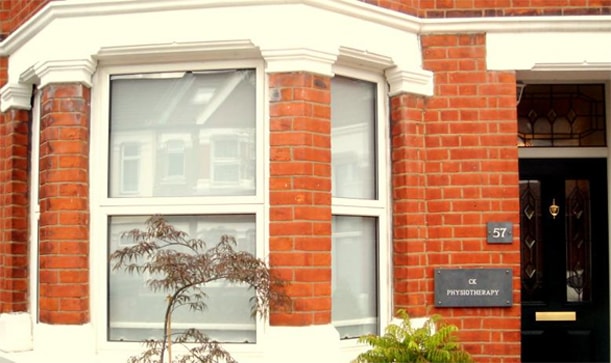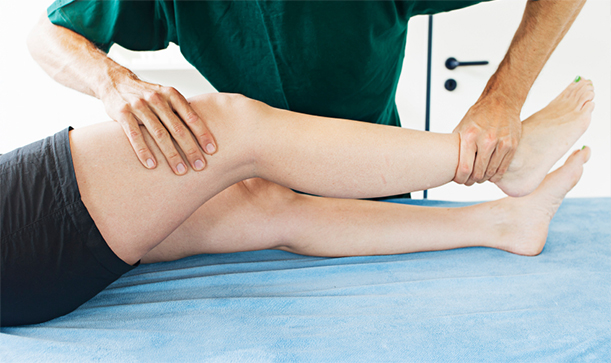CK Physiotherapy
AREAS COVERED
W7, W5, W13, Ealing, West London
57 Elthorne Avenue
Hanwell, W7 2JY
T: 020 8566 4113
M: 079 572 46185
E: info@ckphysio.co.uk
Location / Parking
We are situated in Hanwell, between Boston Manor Road and Northfields Avenue, south of the Uxbridge Road.57 Elthorne Avenue
Hanwell, W7 2JY
There are parking restrictions Mon - Fri 9-10am and 2-3pm. If you need a permit during this time please inform your therapist when you arrive. There are no parking restrictions at other times.
Opening Times
Please phone the number above during working hours to make an appointment. Our reception service will be happy to book your session.
London Underground / Bus Services
London Underground
10 min. walk from Boston Manor Tube Station.
15 min. walk from Northfields Tube Station.
Bus Service
E8, E3, E2, 207, 607, 83
Request Call Back
Our Blog
A Look into How Physiotherapy Deals With Lower Back Pain
By: BryanKelly (Psst, View author in Google Plus) Date: Jul 7th, 2017Anyone who is suffering with or has suffered from sciatica knows that it can be severely painful.
Chronic pain affects one's physical, social and emotional well-being. Adults and children develop chronic pain arising from inflammation, injury and tissue damage. The pain affects particular parts of the body like the lower back, pelvic bone, the arm or the leg muscle. Most people suffer from lower back pain, which often leads to physical disability.

Studies show that up to 80% of the working individuals are likely to develop lower back pain in their lifetime. Physiotherapy specialists explain the common causes of lower back pain:
- Back muscle strains that are caused by poor lifting postures, muscle fatigue and reduced joint stability;
- Ligament sprains that are caused by sports injuries, accidents or awkward lifting;
- Bulging discs that can irritate nerves, causing spasms, back pain, numbness and cramping; and
- Poor sitting, standing or lifting posture.
Treating Lower Back Pain
There are two forms of physical therapy administered to treat lower back pain, namely active and passive physical therapy to treat lower back pain. Active physiotherapy is the most preferred treatment option for lower back pain before exploring aggressive treatment options. It’s used both as a single line treatment and in combination with other treatments like traction, massage and ultrasound.
The stability of the lumbar spine largely depends on the lower back and the abdominal musculature. The abdominal muscles provide the anterior support while the low back muscles stabilize the spine from the back also known as the belt of muscle around the spine. The primary goal of physiotherapy is to reduce pain, increase mobility and enlighten the patient on effective ways of preventing future back problems.
Rehabilitating the Spine
Physiotherapy specialists focus on particular exercises when administering active physical therapy. They help the patient to perform exercises that rehabilitate the spine. The training program involves these steps.
Stretching of the muscles to maintain normal mobility and provide relief. Patients should focus on stretching the lower back muscles, hips, abdominal muscles and legs. They should avoid bouncing, and the stretches should be slow and gradual. For favourable results patients should follow the stretching routine designed for them by the physiotherapy specialist.
Core strengthening of the abdominal muscles to provide the ‘belt of muscle' around the spine. The physiotherapy specialist may recommend 15-20 minutes of sit-ups and leg raises to strengthen particular abdominal muscles, hyperextensions on machines or ‘good-mornings’ to support the lower back muscles.
Active stabilisation exercises that strengthen the secondary muscles of the backbone and support the spine through normal ranges of motion. The training involves the use of balancing machines and exercise balls
Low-impact aerobic conditioning or training to rev up the patient's heart rate. Physiotherapy specialists may recommend riding a stationary bike instead of running so as not to aggravate the patient’s back pain.
Don’t let your back pain take a toll on your daily activities. Talk to a physiotherapy clinic today and be on your way to a pain-free life.
Sources:
Lower Back Pain, physioworks.com.au
Physiotherapy works: Chronic pain, csp.org.uk





